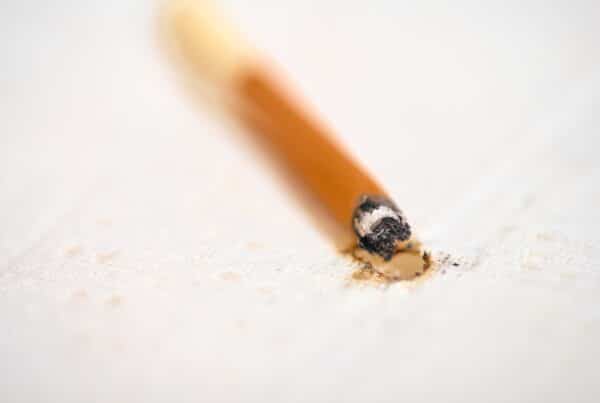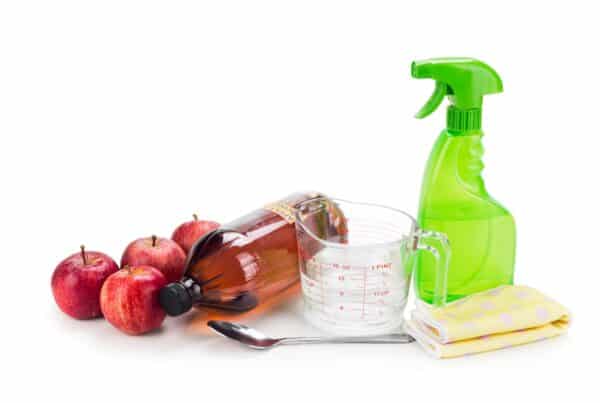
Incorporating antique-inspired furnishings into your home can lend a sense of enduring style, tracing back to humble beginnings while offering attractive practicality. One such fixture has roots going back to early America, where functionality was valued over frills – the dry sink. This versatile piece of furniture later evolved into a decor staple full of possibilities.
For those intrigued by the idea of owning this antique-style accessory, many questions arise. What exactly is it and what purpose does it serve? How much does the vintage aesthetic cost? And what should you consider when deciding whether one suits your home? In this guide, we’ll unravel the mysteries around this practical decorative furnishing. While paying homage to the past, this specialty sink may just offer the charm and utility your home seeks.
Dry Sink History
Let’s jump into the backstory of dry sinks – a time before indoor plumbing became standard. In early America, performing daily tasks like washing dishes or clothes required lugging water from an outdoor pump or well. Settlers valued furniture that boosted efficiency, which is what eventually led to dry sinks.
These primitive appliances featured simple wood construction. An open-topped, rectangular basin enabled washing up without making a mess. Below sat a small cabinet, storing necessities within arm’s reach. Finally, the built-in countertop added valuable workspace.
As amenities advanced, dry sinks increased in popularity. Colonial-era artisans crafted them from fine hardwoods, adding flair with curved legs or ornate hardware. Primitive drainage holes for excess water evolved into decorative cutouts along the basin rim.
By the mid-19th century, dry sinks became display pieces in prosperous homes, often situated near the stove. Elaborate designs reflected popular trends like Victorian and Gothic styles, and despite their elegance, dry sinks remained highly functional. Of course, plumbing eventually rendered them obsolete for washing tasks. However, the dry sink’s storied history and aesthetic appeal live on in various ways.

The Modern Appeal: Do We Still Use Dry Sinks?
While dry sinks originated from necessity, their use today stems more from nostalgia. Still, they can make clever additions to contemporary homes when chosen with care.
Dry sinks primarily suit traditional, cottage, or farmhouse style decors with their vintage styling. Their storage nooks adapt well to busy spaces like kitchens and bathrooms. Homeowners often use the basin to hold décor items like flowers or candles. For entertaining, dry sinks work nicely as unique bar areas. Their high-quality construction also ensures they last for years when properly maintained.
However, dry sinks have some drawbacks to weigh. Without plumbing, they aren’t functional for washing up dishes or clothes. They take up space that a plumbed sink could utilize. Heavy materials like stone make dry sinks tough to move once situated. The basin requires frequent cleaning without a drain. And sought-after antique styles can fetch higher prices.
When used thoughtfully, dry sinks add nostalgic charm and functionality. Try one as extra counter space in the kitchen, for holding toiletries in the bathroom, or as a potting station in a sunroom. Similarly, they also work nicely as a bar cart for parties!
Pricing and Cost Considerations
When shopping for a dry sink, normally depends on factors like age, condition, materials, and overall quality. Mass-produced modern versions tend to be the most affordable, starting at around $200. Vintage or antique dry sinks fetch higher prices due to their rarity, historical craftsmanship, and patina that comes with age. Here are some pricing considerations:
- Modern mass-produced: $200-$500
- Simple antique style: $500-$800
- Ornate antique: $800-$2000+
- Rare/highly decorative antique: $2000-$5000+
The material also impacts cost. Heartwoods like oak, walnut, and mahogany are generally more expensive. Unique materials like stone, tile, or copper can add cost as well.
Be sure to inspect an antique dry sink carefully before purchase. Check for damage like cracks, chips, or structural issues that may require restoration work. While pricy, some view antique dry sinks as meaningful investments since they may appreciate over time if properly cared for.

Recommended Maintenance
To keep your dry sink looking its best for years to come, be sure to practice regular maintenance. Start by frequently cleaning the basin to prevent dirt buildup and stains since there’s no drain. Use a soft sponge or cloth with mild soap and water, rinse thoroughly, and dry. For polished wood materials, treat with wood cleaner and polish to protect the finish. Avoid harsh chemicals or abrasive cleaners that could damage surfaces.
Check periodically for cracks, loose joints, or hardware in need of tightening. Make any needed repairs promptly to prevent further damage. Take care to avoid exposure to direct sunlight, heat, or excess moisture which can cause wood to split or metal to corrode over time.
Rotate your décor items in the basin to spread out wear. And consider a waterproof liner if used for messy tasks like gardening. With regular upkeep and care, your quality dry sink will remain a timeless focal point.
When to Call a Professional
Signs that it’s time to contact an expert include visible wood rot or excessive moisture damage, major cracks, splits, or instability in the structure, and loose joinery that needs reinforcement. Concerning stains or odors indicating pest infestation also warrant calling a professional, as do leaks coming from plumbing above the dry sink. If you need major repairs to the basin, countertop, or cabinetry, or desire to refinish, repaint, or refurbish an antique piece, it’s advisable to hire a pro.
Attempting structural repairs or refinishing on your own could decrease the dry sink’s value if done improperly. Qualified pros have specialized tools and expertise. A carpenter can reinforce joints or replace damaged sections while retaining the integrity of antique furnishings. Refinishing is also best done by those experienced with intricate restoration work.
For plumbing issues, always consult a licensed plumber immediately to prevent water damage. Professionals can detect and fix hidden leaks properly. Additionally, if you’re planning a kitchen or bathroom remodel involving your dry sink, an expert designer can help integrate it seamlessly.
Conclusion
With their unique past and antique styling, dry sinks offer charm and practicality to modern homes. Their simplistic basin design hearkens back to an era of handcrafted furniture and makes clever conversation pieces today. With proper placement and care, a dry sink becomes a cherished and useful addition.
When shopping for your vintage-inspired furniture, consider your budget, décor style, and how you plan to utilize the space. Care for your dry sink by keeping the basin clean and protecting the materials from damage. To schedule an inspection of your home and gauge whether a dry sink is right for you or just to keep up with overall maintenance, reach out to Boggs Inspection Services in Olympia, WA, and surrounding areas today.



